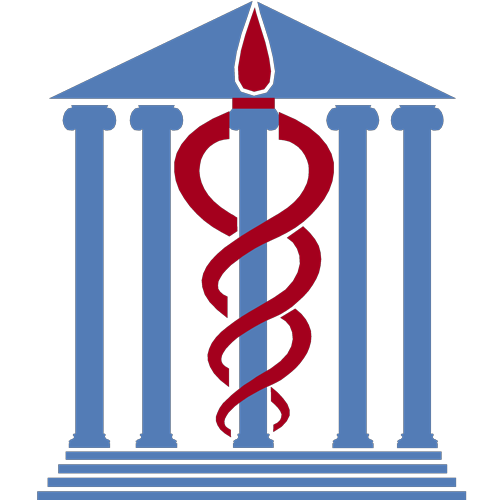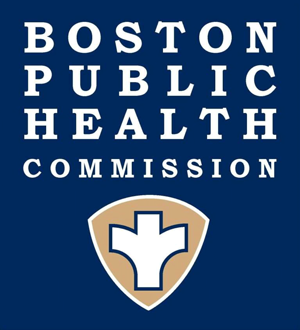Public Resources
Public Resources
communications
During a mass casualty incident, it is important to choose the most appropriate method of communicating such as: radio, texting, internet, runners, or satellite links. Face-to-face communications may be the optimal way to convey messages.
Messages must be brief and prioritized. Routine messages should be deferred for more priority traffic, while alternate channels or alternate methods should be considered for low-priority messages.
Traffic must also be directed to the most appropriate Officer. Not all messages need to go through the Incident Commander. A request for flashlights for example would go to Logistics; a request for Public Works may go through the Liaison Officer.
One important factor, particularly if several agencies will be communicating along common lines, is the use of plain-speak language. Service codes or 10 codes, though concise, are not always standard across agencies. For example, a code 85 may have five different meanings for five different systems not to mention the memorization that is required. Also avoid color codes, which lack standardization across healthcare facilities and may therefore lead to confusion if several facilities are coordinating activity. Plain-speak conveys a message clearly and succinctly as can be seen in the example below:
10 Code | Color Code | Plain Speak |
| 10-52 | Code Orange | Ambulance Needed |
One of the most important functions is to coordinate with other agencies to assure:
- Adequate resources are responding
- Requests for services are forwarded to the correct agency
- All agencies have the same information and intelligence related to the incident
- Services are not being duplicated
The best way to ensure inter-agency communication is through Incident Command, specifically each agency’s Liaison Officer.
« Previous | Topic Home | Next »

